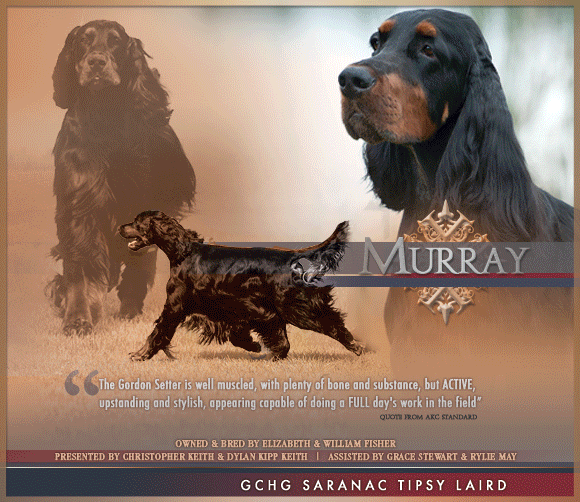Changing Chagas – A Rare Disease to Know About
198 – April 2019
by Caroline Coile
 It’s a story that sounds like a made for TV movie. In 2007, Dr. Roy Madigan was a veterinarian practicing in Spring Branch, Texas when he received a call from a local shelter to treat a dog with severe arrhythmia and a heart rate of more than 220 beats per minute. The dog died. A necropsy showed it had severe heart disease, but it wasn’t clear why, so Madigan sent samples off to Texas A&M University. The result stunned him: Chagas disease.
It’s a story that sounds like a made for TV movie. In 2007, Dr. Roy Madigan was a veterinarian practicing in Spring Branch, Texas when he received a call from a local shelter to treat a dog with severe arrhythmia and a heart rate of more than 220 beats per minute. The dog died. A necropsy showed it had severe heart disease, but it wasn’t clear why, so Madigan sent samples off to Texas A&M University. The result stunned him: Chagas disease.
Aside from a tropical disease lecture in vet school, which he says he and the rest of the class slept through, Madigan had never had a reason to even think about Chagas. Chagas disease is caused by the protozoan parasite Trypanomoma cruzi (T cruzi), which is transmitted by the bite or feces of the Kissing Bug (Triatominae). The Kissing Bug feeds by sucking blood from mammals, usually at night. It gets its name because it tends to feed around the lips of people. Chagas is contracted when feces from an infected bug or animal contacts the mucous membranes by eating an infected bug, animal, or feces; by receiving an infected blood transfusion or organ donation; or, from an infected dam to offspring and through semen. Dogs are infected more often than humans, probably because they eat the bugs, eat infected mammals, or lick the bugs’ feces on the ground, from their paws, or from their fur.
Then, two years later, he had another odd case, a dog with a swollen leg with no apparent cause. A colleague recalled hearing of another dog with a swollen leg that had Chagas, so, on a whim, they tested for it. It was positive. Still, there was no known cure, but Madigan scoured the internet and unearthed an obscure paper written by a Venezuelan doctor claiming he had cured Chagas disease in a human. Madigan contacted him, Paniz Mondolfi, M.D., who agreed to share his cure with Madigan’s canine patient. It worked! The dog, an Irish Wolfhound, became the first case of a dog being cured of Chagas. Next step: Test the treatment on more dogs. That’s when the adventure began.
First, Madigan would have to ship thousands of blood samples from infected animals in Texas to Mondolfi’s Venezuelan laboratory, which specializes in Chagas testing for humans. The samples were shipped in giant wooden crates. The samples needed to be kept cool, but power outages were common, so somebody had to stand by with a generator. Customs agents demanded bribes. Military guerillas commandeered one crate and took it, surely to be disappointed with the contents. Meanwhile, Dr. Mondolfi was driving a taxi in the evenings after work in order to buy his family basic necessities. Madigan added as many dry goods to his shipments as possible, padding the crates with sought-after items, like toilet paper. In a finale fitting of an action movie, Mondolfi and fellow researchers raced to test the final shipment as insurgents fire-bombed the government building housing their lab. They escaped with the data as the building burned to the ground.
Click here to read the complete article198 – April 2019

Short URL: https://caninechronicle.com/?p=161182
Comments are closed











